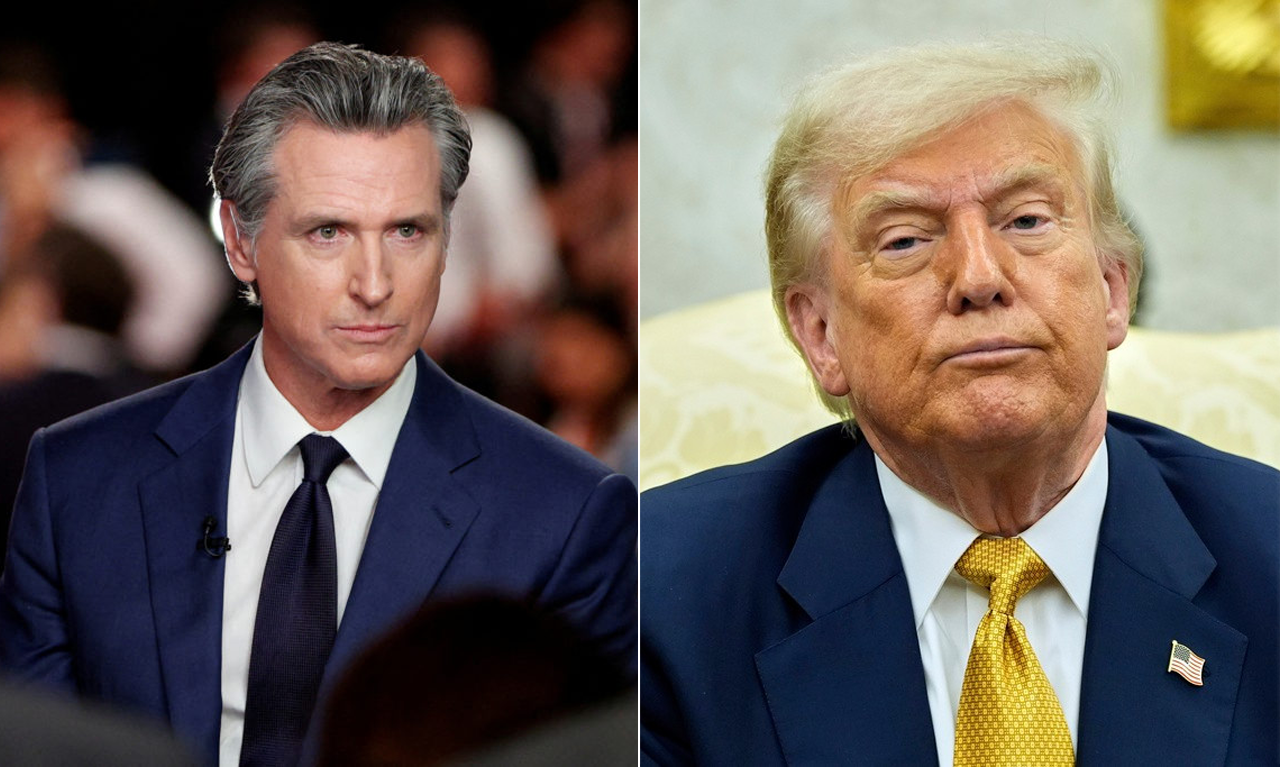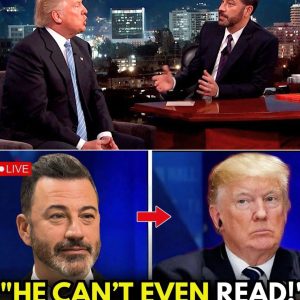California Governor Gavin Newsom has never been known for holding his tongue, but this time he managed to condense his criticism into just six razor-sharp words — and the political world can’t stop talking about it. His target? Former President Donald Trump, and a decision that many see as one of the most petty acts of his presidency: moving President Barack Obama’s official portrait to a part of the White House that the public can’t access.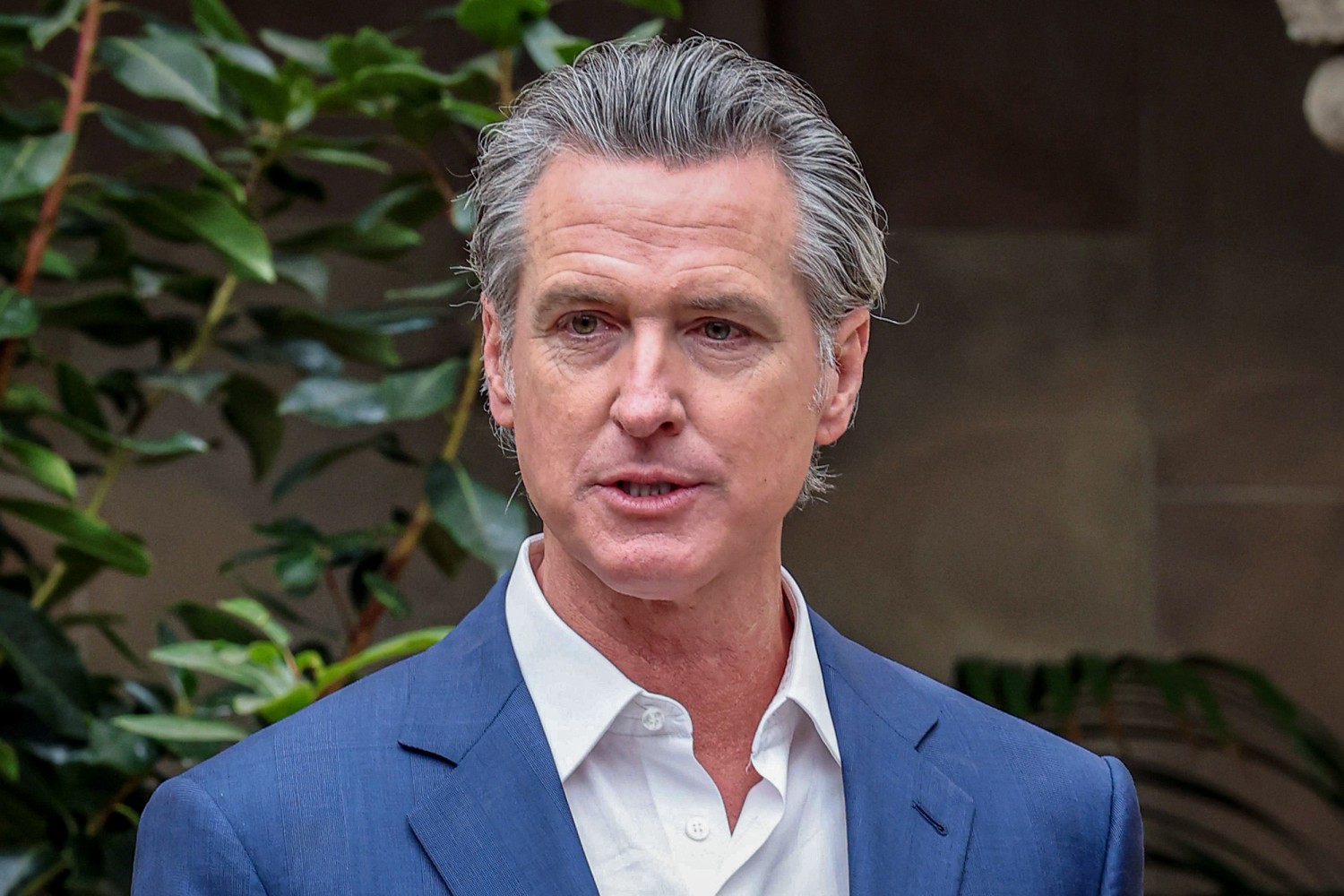
The portrait, a tradition for every U.S. president, is typically displayed in a prominent area where visitors can see and reflect on the legacy of the nation’s leaders. Yet, according to multiple reports, during Trump’s time in office, Obama’s portrait was quietly relocated to what sources describe as a “restricted wing” of the White House — essentially out of sight. The decision drew quiet murmurs at the time, but with the issue resurfacing now, it has sparked a storm of political commentary.
Newsom’s comment was short, stinging, and calculated: “The little guys hide from the giants of history.” In those six words, he not only accused Trump of insecurity but also framed Obama as a towering historical figure whose legacy intimidates his successor. It was a jab that hit two targets at once — praising Obama while belittling Trump’s stature in the annals of history.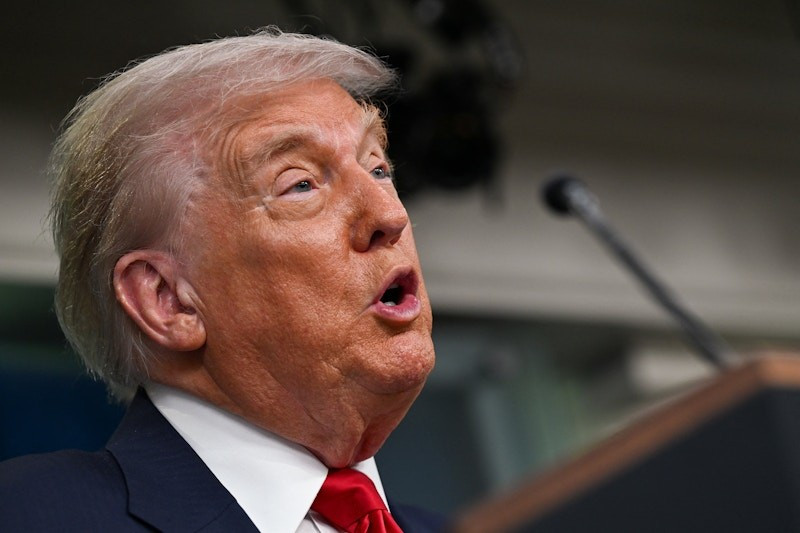
Political analysts immediately took note. “It’s one of the most cutting one-liners we’ve heard in recent political memory,” said political strategist Mariah Tate. “By calling Trump a ‘little guy,’ Newsom is making a personal attack, but by referencing ‘the giants of history,’ he elevates Obama in a way that makes the pettiness of hiding his portrait seem even smaller.”
This isn’t the first time Trump’s treatment of Obama’s legacy has been under fire. During his presidency, Trump rolled back several key Obama-era policies and rarely missed a chance to undermine his predecessor publicly. Critics have long accused him of being obsessed with erasing Obama’s achievements, whether out of political strategy, personal resentment, or both. Moving the portrait may have been symbolic, but to many, it was symbolic of something much deeper — a refusal to acknowledge Obama’s place in American history.
Supporters of Trump, however, dismiss the uproar as political theater. “It’s a painting. Presidents can do what they want with the décor of the White House,” said conservative commentator Blake Harris. “The outrage is overblown. Democrats are acting like the portrait was burned. It wasn’t — it was moved.”
But to Newsom and others, the symbolism matters. The White House isn’t just the president’s residence; it’s a public institution that belongs to the American people. Portraits of past leaders, especially recent ones, serve as reminders of the country’s continuity, its political shifts, and its shared history. Removing one from public view is seen by critics as an attempt to rewrite that history — or at least hide parts of it.
What makes Newsom’s comment so effective is that it’s not just a dig at Trump. It’s also a subtle act of political branding for himself. Newsom has been increasingly stepping onto the national stage, sparring with Republican governors, defending Democratic policies, and positioning himself as a defender of liberal values. In the world of modern politics, where viral sound bites can make or break a political moment, six words like these can travel far — and they already have.
Social media lit up within hours of the CNN report. Twitter (or X) was flooded with reactions, memes, and heated debates. Obama supporters shared old photos of the portrait in its original place, alongside Newsom’s quote, framing it as an example of how history will remember the two men differently. Trump supporters fired back, accusing Newsom of grandstanding and using “cheap shots” instead of addressing real issues.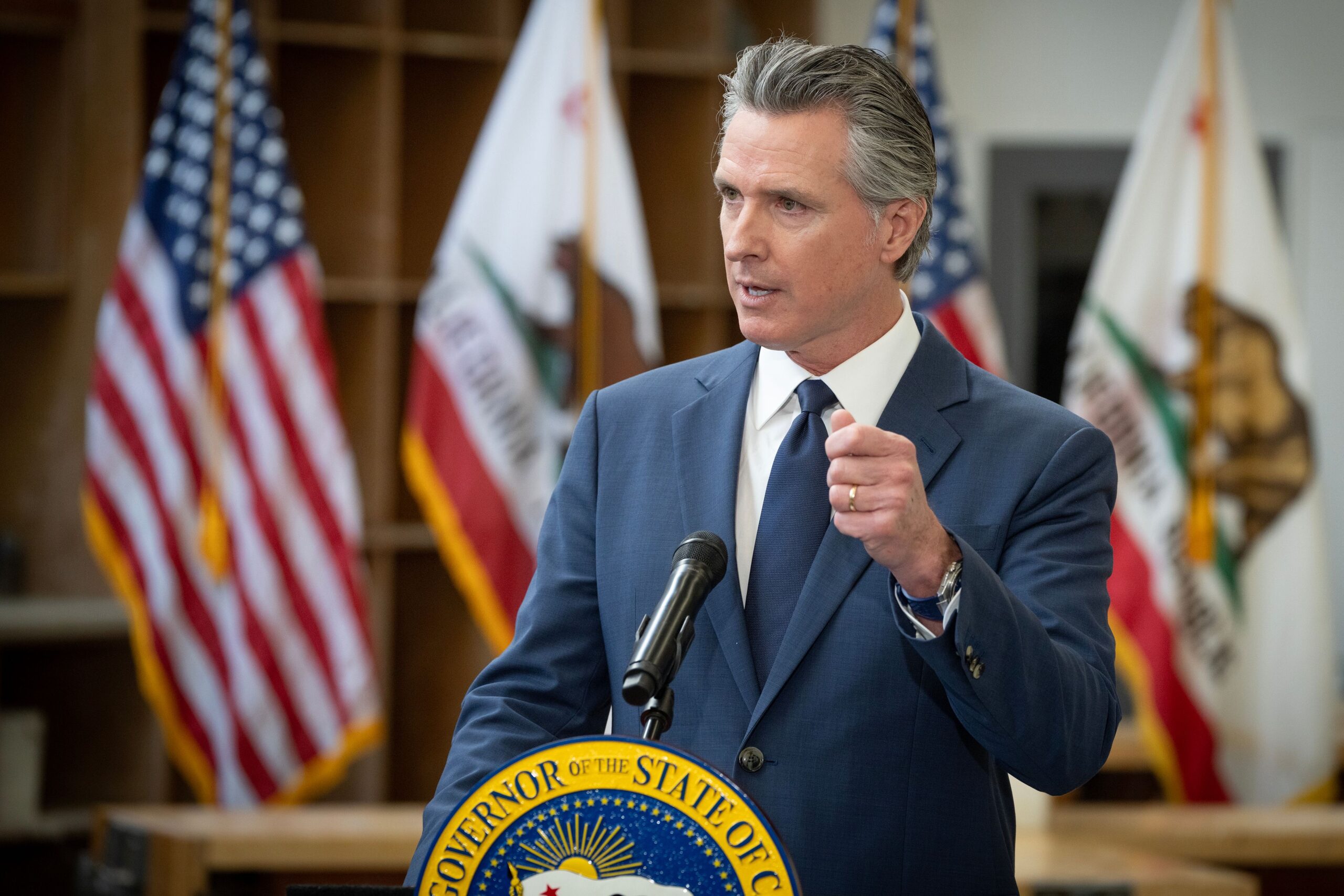
The resurfacing of the portrait controversy raises bigger questions about how political figures handle the legacies of their predecessors. Do they honor them, ignore them, or try to erase them? In this case, the choice to physically hide a portrait has become a metaphor for something larger: the struggle over who gets to define history.
For Newsom, it’s a battle worth fighting — and one he’s fighting with style. Whether you love him or hate him, you have to admit that “The little guys hide from the giants of history” is a line that sticks. It’s the kind of political jab that feels less like a headline and more like a quote you might one day find in a history book’s margins — right next to a picture of a portrait hanging where everyone can see it.
And maybe that’s the irony. While Trump may have hidden Obama’s portrait in the White House, the controversy surrounding it, and Newsom’s perfectly timed remark, have only made it more visible than ever. In the age of social media, sometimes the harder you try to hide something, the more it ends up in the spotlight. And right now, that spotlight is shining directly on two men — one who moved the portrait, and one who turned it into a national talking point with just six words.
